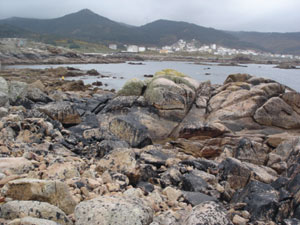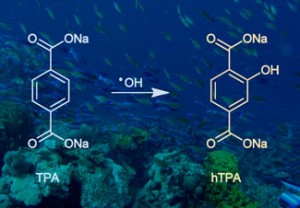This month sees the following articles in JEM that are in the top five most accessed:-
Stable isotope fractionation to investigate natural transformation mechanisms of organic contaminants: principles, prospects and limitations
Martin Elsner
J. Environ. Monit., 2010, 12, 2005-2031 DOI: 10.1039/C0EM00277A, Critical Review
Elevated antimony concentrations in commercial juices
Claus Hansen, Alexandra Tsirigotaki, Søren Alex Bak, Spiros A. Pergantis, Stefan Stürup, Bente Gammelgaard and Helle Rüsz Hansen
J. Environ. Monit., 2010, 12, 822-824 DOI: 10.1039/B926551A, Communication
Pharmaceuticals and personal care products in effluent matrices: A survey of transformation and removal during wastewater treatment and implications for wastewater management
Rebekah L. Oulton, Tamar Kohn and David M. Cwiertny
J. Environ. Monit., 2010, 12, 1956-1978 DOI: 10.1039/C0EM00068J, Critical Review
Degradation of carbon tetrachloride in the presence of zero-valent iron
Jorge S. Alvarado, Candace Rose and Lorraine LaFreniere
J. Environ. Monit., 2010, 12, 1524-1530 DOI: 10.1039/C0EM00039F, Paper
PFOS or PreFOS? Are perfluorooctane sulfonate precursors (PreFOS) important determinants of human and environmental perfluorooctane sulfonate (PFOS) exposure?
Jonathan W. Martin, Brian J. Asher, Sanjay Beesoon, Jonathan P. Benskin and Matthew S. Ross
J. Environ. Monit., 2010, 12, 1979-2004 DOI: 10.1039/C0EM00295J, Critical Review
Why not take a look at the articles today and blog your thoughts and comments below.
Fancy submitting an article to JEM? Then why not submit to us today or alternatively email us your suggestions.












